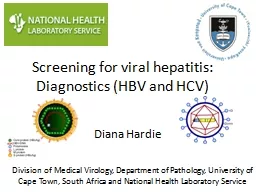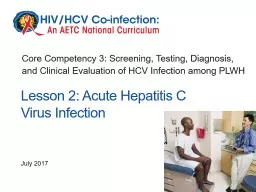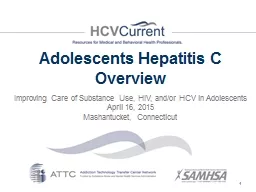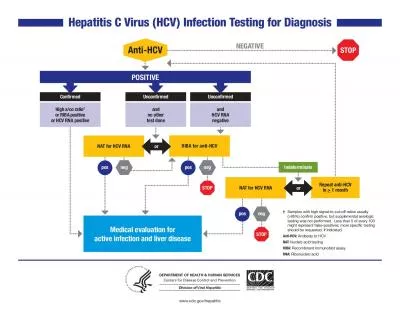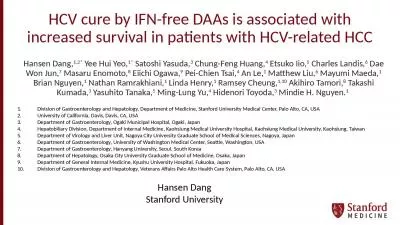PPT-HCV infection in prison. From
Author : olivia-moreira | Published Date : 2018-11-17
individual care to viral eradication strategy a benefit for the community R Ranieri MD R Giuliani MD Infectious Diseases Service Penitenciary Regional Health
Presentation Embed Code
Download Presentation
Download Presentation The PPT/PDF document "HCV infection in prison. From" is the property of its rightful owner. Permission is granted to download and print the materials on this website for personal, non-commercial use only, and to display it on your personal computer provided you do not modify the materials and that you retain all copyright notices contained in the materials. By downloading content from our website, you accept the terms of this agreement.
HCV infection in prison. From: Transcript
Download Rules Of Document
"HCV infection in prison. From"The content belongs to its owner. You may download and print it for personal use, without modification, and keep all copyright notices. By downloading, you agree to these terms.
Related Documents

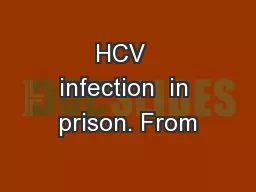
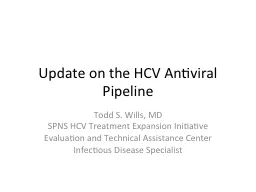

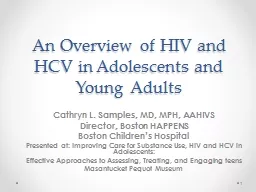
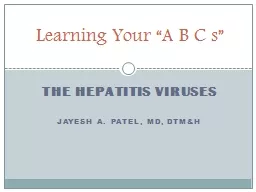
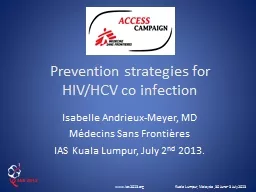
![Treat To Prevent – Millennials, Drugs and Hepatitis C [HCV]](https://thumbs.docslides.com/738712/treat-to-prevent-millennials-drugs-and-hepatitis-c-hcv.jpg)
